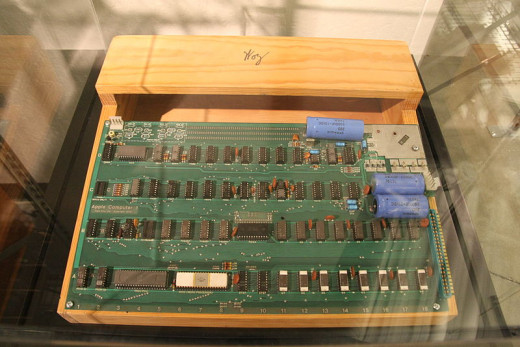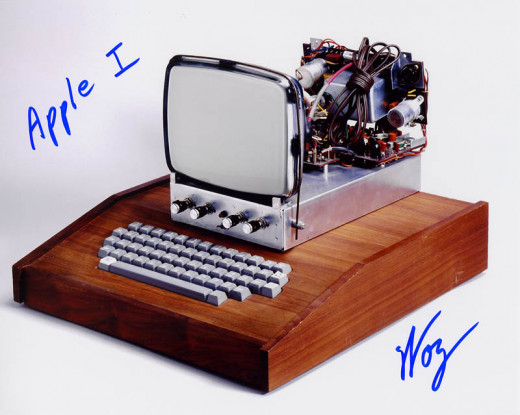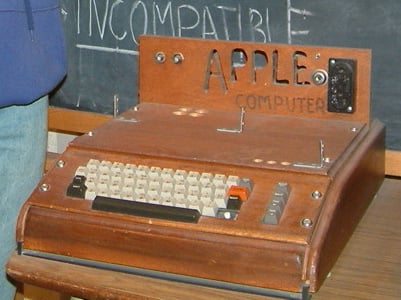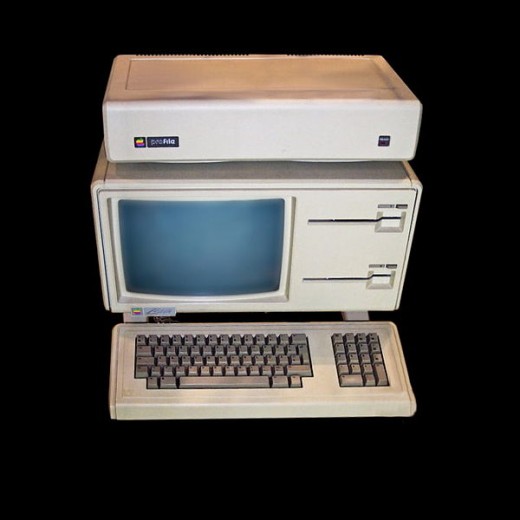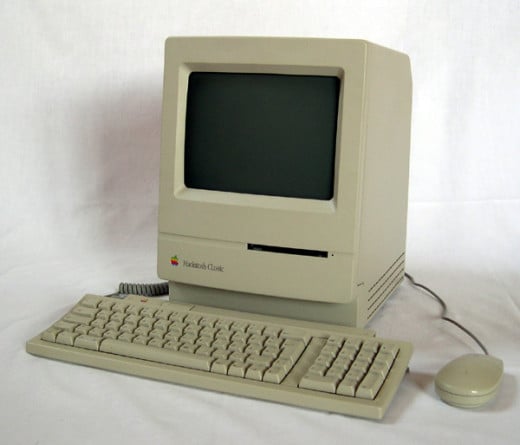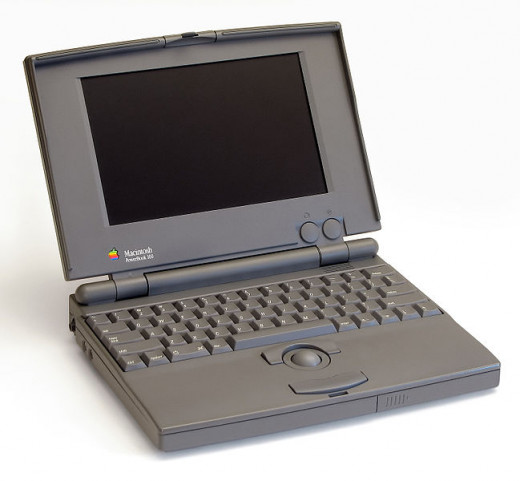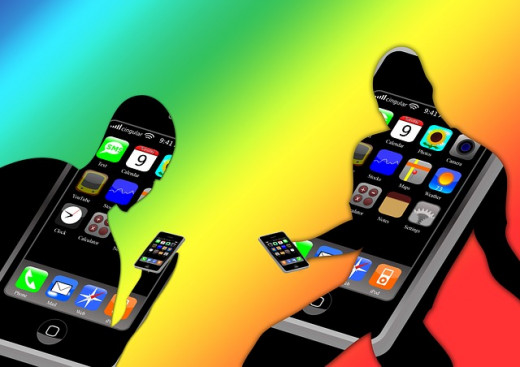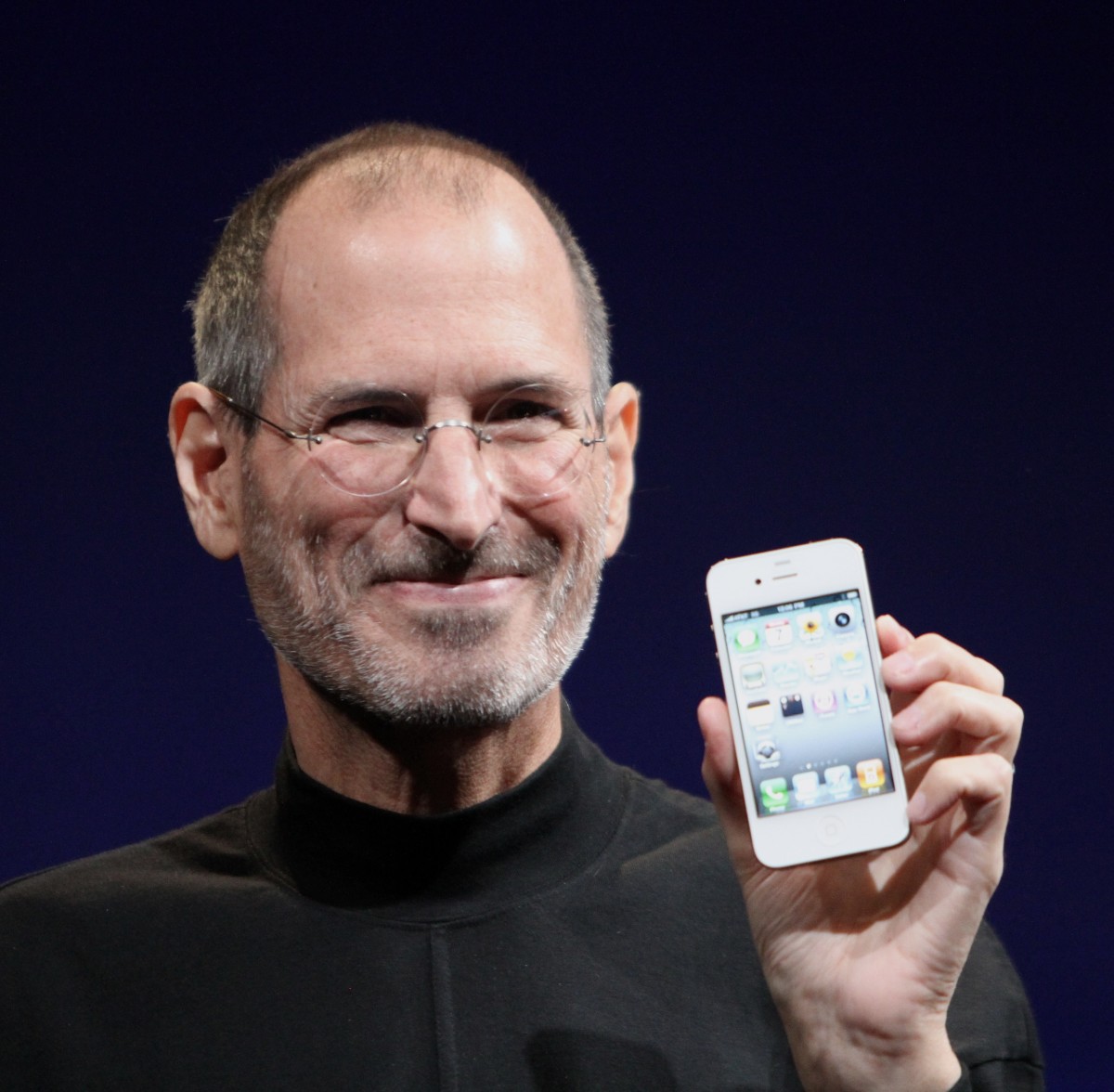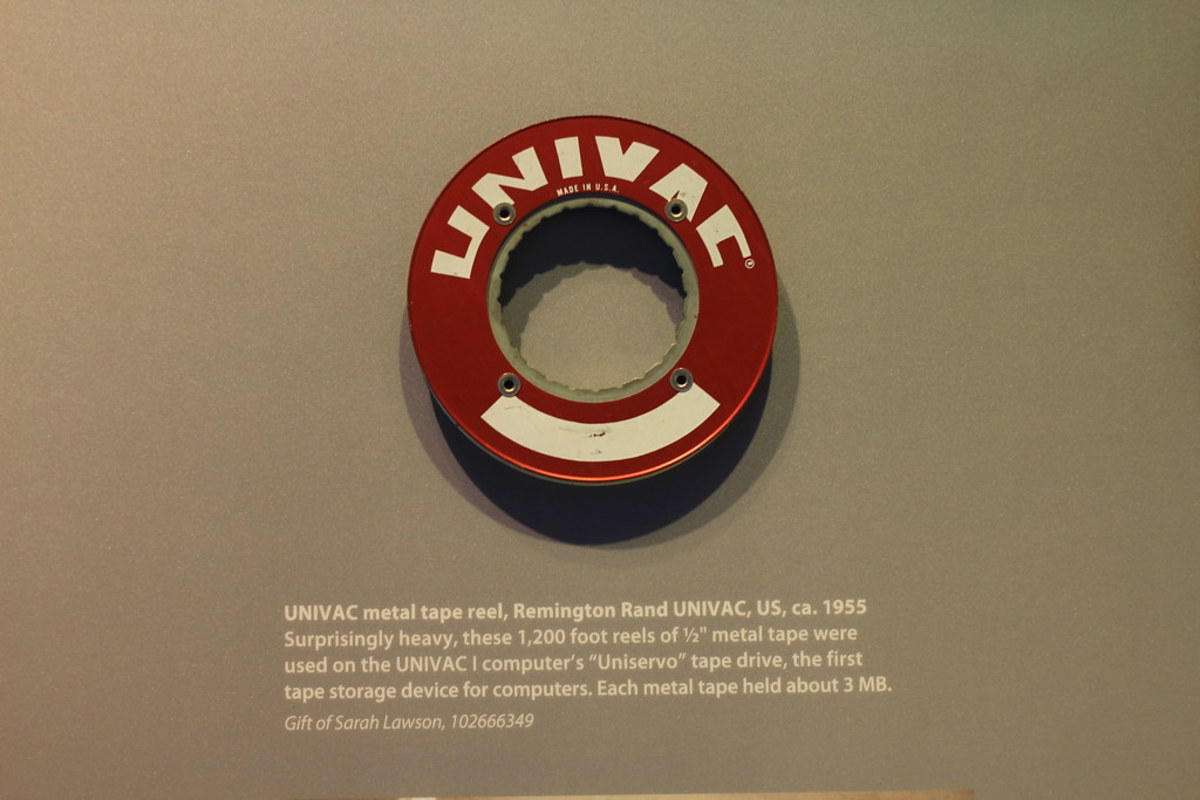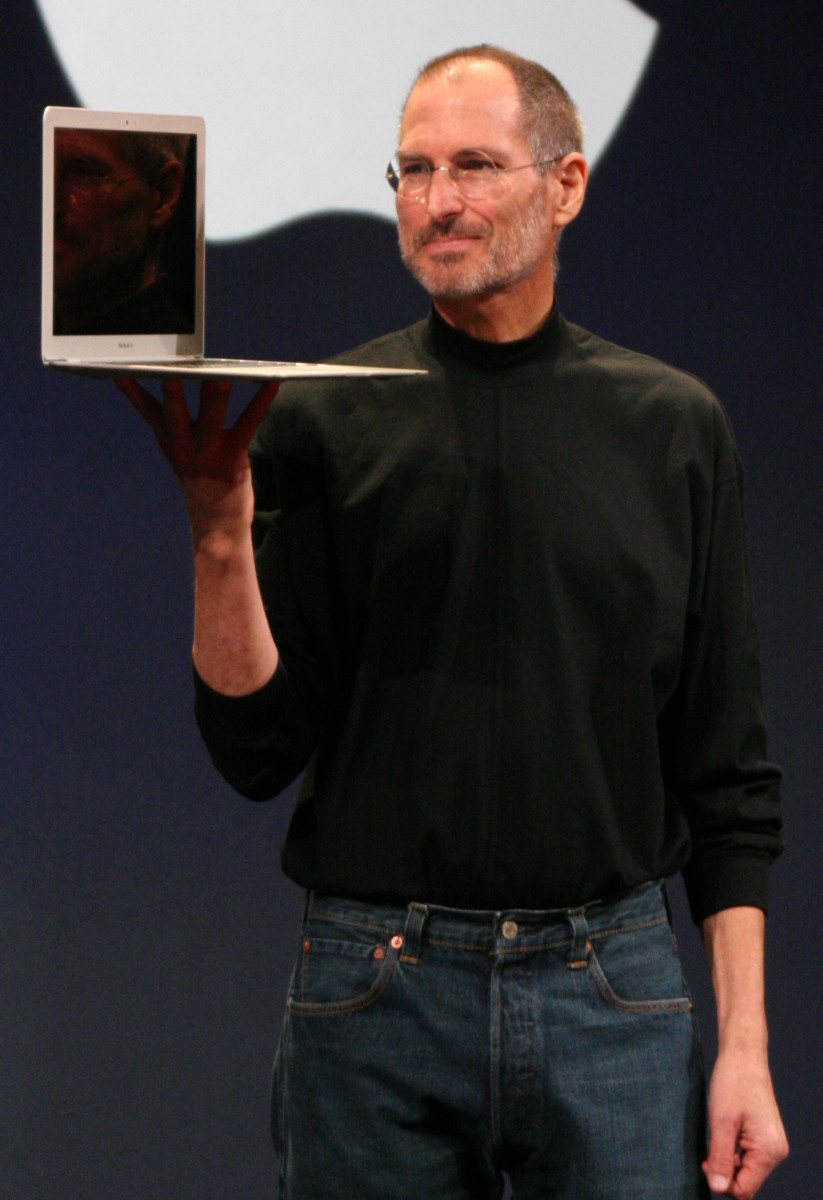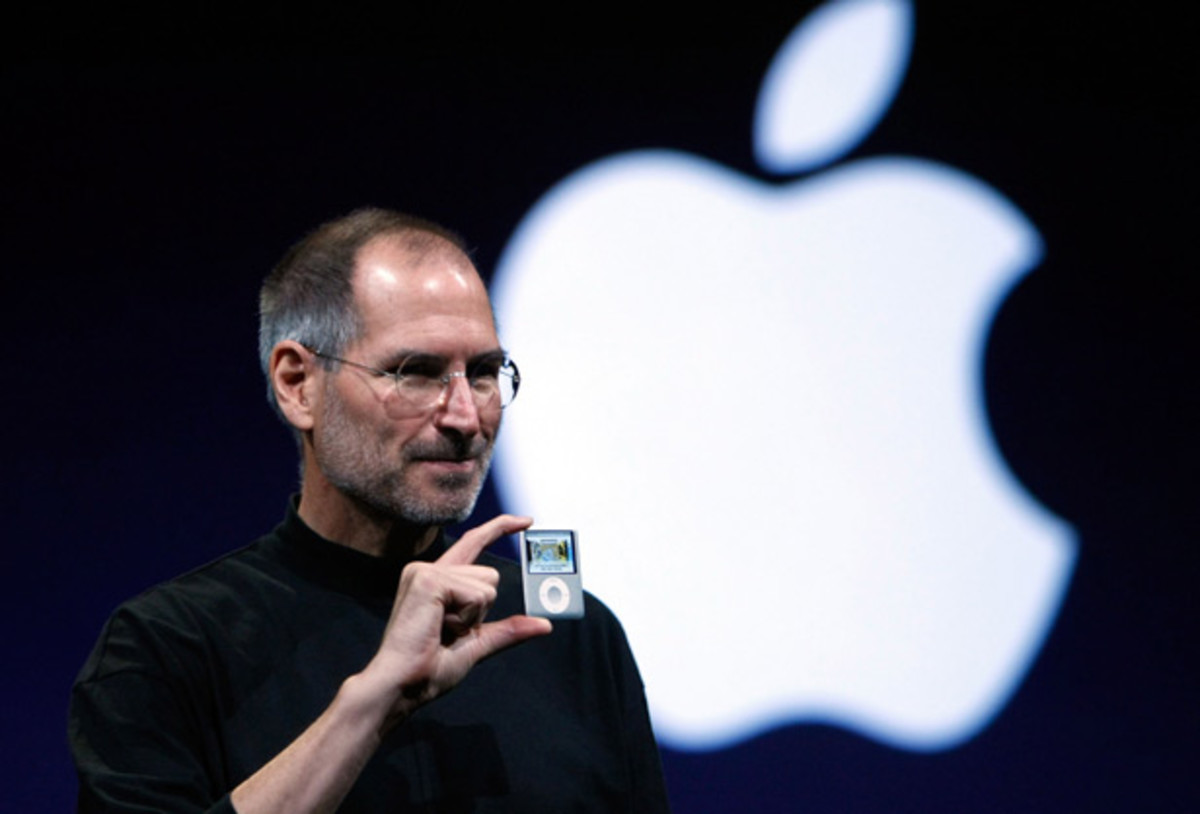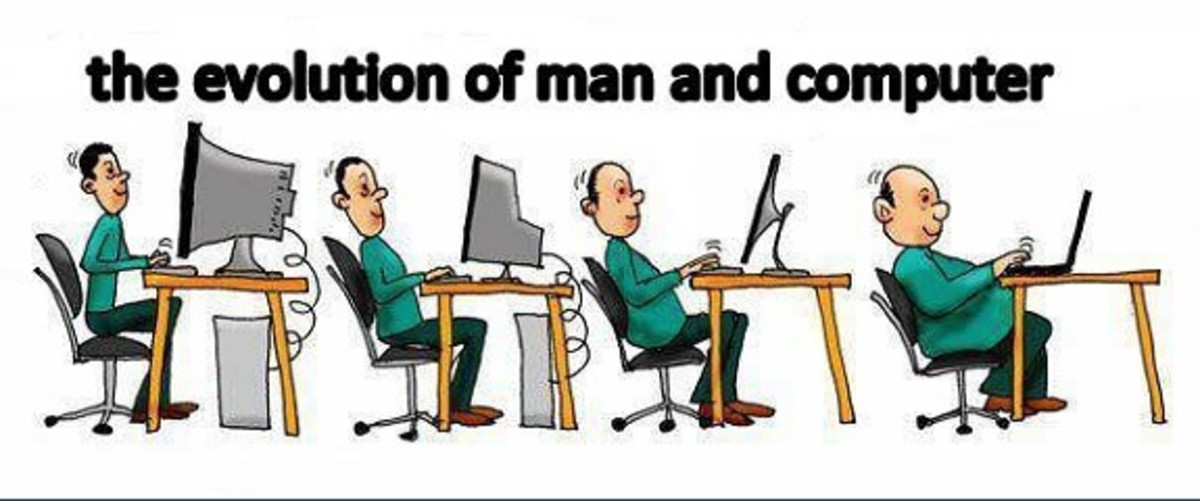Computer History: Contributions Of Steve Jobs
Apple Computers, Inc. Headquarters
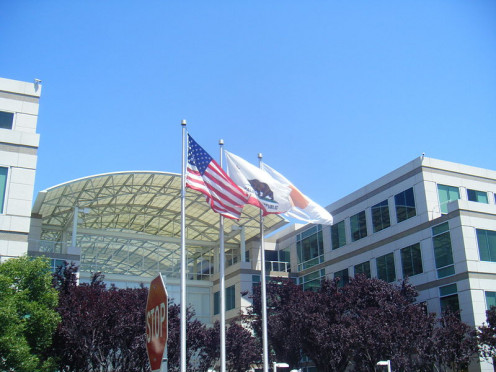
Legacy of Steve Jobs and Apple Computers
Since the death of Steve Jobs from pancreatic cancer in his mid-50s during October 2011, the fact that he was and is a controversial figure has crystallized into a much more distinct picture.
Not everyone liked Steve Jobs, but he and Apple co-founder Steve Wozniak did much to narrow the digital divide in America.
Greater numbers of people in the 2010s have access to the Internet since Apple and IBM computers became household items and heavily infiltrated schools, recreation centers, and libraries. In fact, some libraries are totally digital and have Macs as well as PCs, with books on download. The first such library was built in San Antonio, Texas.
Without Steve Jobs, millions of middle-schoolers would not have iPhones and maybe their parents would be glad for smaller phone costs.
At the same time, those parents would be working without the free GPS app that saves the cost of purchasing GPS units or individual machines that offer the dozens of features of an iPhone and its thousands of apps.
Daily life is much easier to navigate with iPhone and other SmartPhone technologies.
Technology From 1970 - 2020
What did we do without our current technologies back in the early 1970s? Traveling back to that lower-tech era is a shock similar to that assailed the characters in Back To the Future when they left the 1980s to visit 1950s America.
We stood in line at banks on Fridays in 1970 to deposit paper checks and if we did not keep enough money out of our accounts for the weekend, we'd have to wait until Monday (not all stores or service businesses accepted checks). With Chase Bank and others today, we can just snap a shot of our paychecks with an iPhone and they're added to an account - or we have Direct Deposit or Paypal or similar.
High long distance phone charges kept us from calling friends and relatives ithe 1970s. Today, many cell phone plans offer free calls around the US, Canada, and Mexico, with reduced rates elsewhere.
When we became lost while driving, we had to pull over and look at a map, unless we didn't have one. Then, we had to go to a gas/service station and look at the worn copy pinned to a wall in the office lobby. An alternative was to stop at a restaurant and ask directions, because good managers and crew knew their way around the area and could help. Oftentimes today, no one in a diner knows directions anywhere, but Siri on the iPhone does.
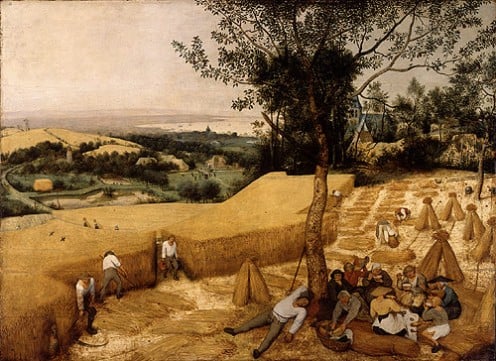
Technology Booms With the Moon Landing
The harvest is plentiful, but the laborers are few. - Luke 10:1-3 English Standard Version
The 1970s saw a technology boom after the 1969 Apollo 11 moon landing that resulted in overall technology development that became its own industry. NASA planners as well as Apple, Inc. and early Microsoft talent were some of the few people that jumped ahead of the rest to harness and harvest assorted ideas and innovations.Additional tech-savvy people could have been used to help.
Today, NASA could not operate without computer systems and the Internet. IT and Aerospace Industry discoveries have upgraded medical practices, products, and equipment worldwide and made daily life easier, as shown by the NASA Spinoff Program.
In the 2010s, independent aerospace and IT companies and the NASA Commercial Crew of nearly 70 privately held businsses expect to be mining asteroids by mid-decade. Planetary Resources, Inc. acquired enough funding through crowd sourcing in just two days to produce 100 new space telescopes that will be freely used by the public, students, and teachers.
In the early 1970s, Steve Wozniak developed the Apple I computer and Steve Jobs suggested that they produce it for retail sales.
From Apple I (July 1, 1976) to iPhones
Click thumbnail to view full-size






Cell Phone Technology
From a vantage point in the 2010s, the 1970s look impossible to navigate. People had to use pay phone when not at home and they had to have coins in order to use them.
Telephone companies becan to accept credit cards for calls and finally, the cell phone resulted in pay phones becoming almost copletely obsolete.
Today, our iPhones are convenient and full of applications that can help us. They can also converse with each other:
Two iPhones Converse

Tribute To Steve Jobs
Steve Jobs (1955 - 2011) is also remembered as a devoted family man. He consistently followed his convictions, the tenets of Buddhism, and healthy diet, although pancreatic cancer took his life.
In just another year or so, he could have possibly benefited from transplantation of the Islets of Langerhans via IV injection into the pancreas; or, he might have been cured with extracullar (pig-bladder powder) matrix that can regrow an entire organ. Technologies sometimes take longer times to develop than we as individuals have left.
Jobs told college graduates to think for themselves, an admonition often made by Malcolm X as well. Jobs told college students to reject dogma and to follow their hearts and intuition. In that way, they might harvest more of the ideas that they might imagine and make them real for all of us.
Not everyone liked Steve Jobs, and some found him harsh in the workplace. At the same time, his contributions to technology and to the development of people to develop them is undeniable.
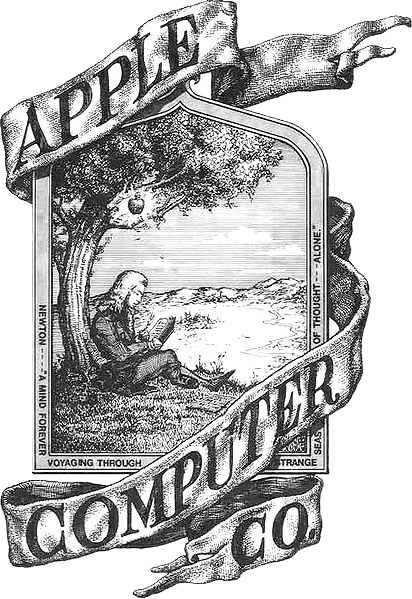
I wasn't always there for them, and I wanted them to understand what I did. -- Steve Jobs on his decision to share his life publicly so that his children at home would know him better.
The Film: Jobs (2013)
Rating: PG-13 (for language)
Cast: Ashton Kutcher, Josh Gad, Dermot Mulroney and Matthew Modine
Director: Joshua Michael Stern
Running time: 2 hours, 7 minutes
Release Date: August 16, 2013
Jobs (2013) is an interesting film to see and see again, if only for Aston Kutcher's method acting contribution.
The actor did not immerse himself in the Steve Jobs persona quite as far as Daniel Day Lewis immersed himself in Abraham Lincoln - not so far as to answer to "Mr. Jobs" for months - but Kutcher captured the character that he pursued.
In interviews, Kutcher has talked about following the same diet as did Steve Jobs, wearing the same clothing styles, altering his posture to walk like Steve Jobs, etc.
Early reviews from major critics on the East and West Coasts say that the actor was successful in putting Steve Jobs up on the screen.
It will be interesting to see the 1970s, 80s, and 90s again.
© 2013 Patty Inglish MS

